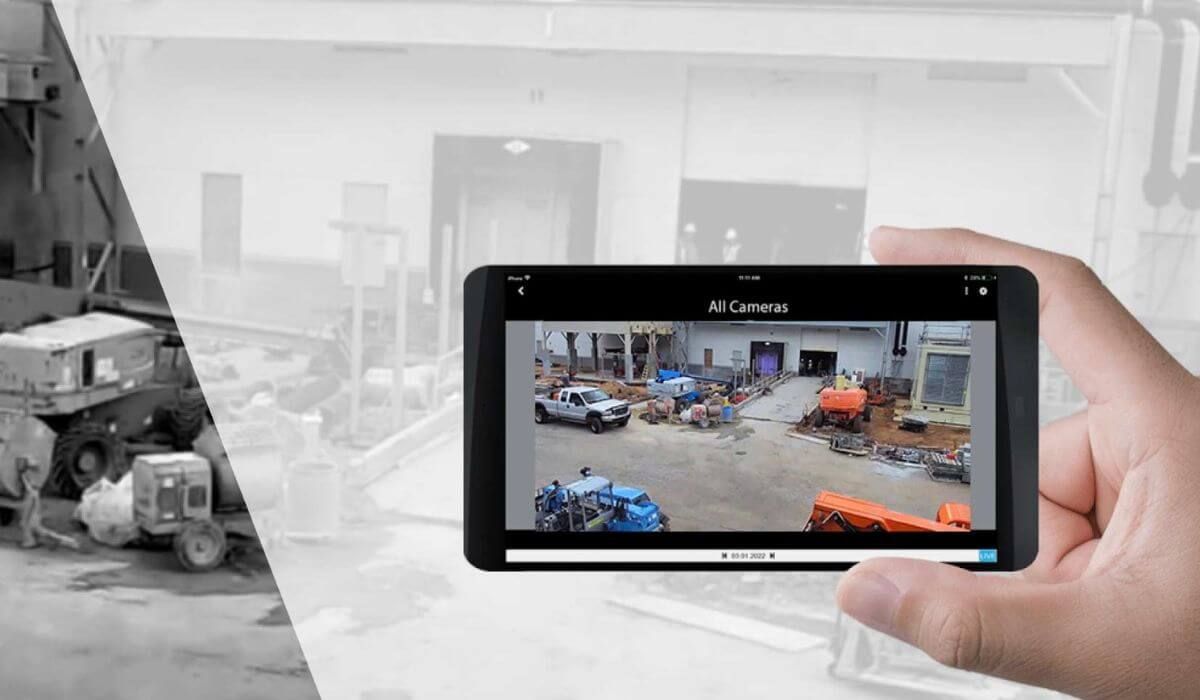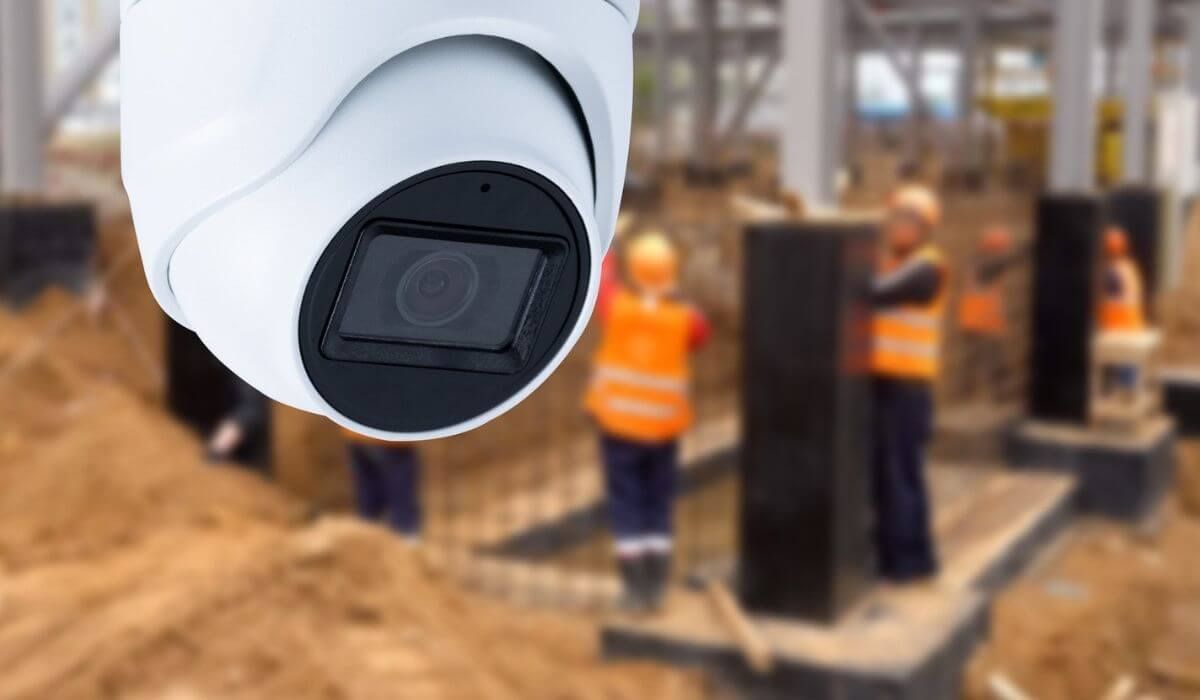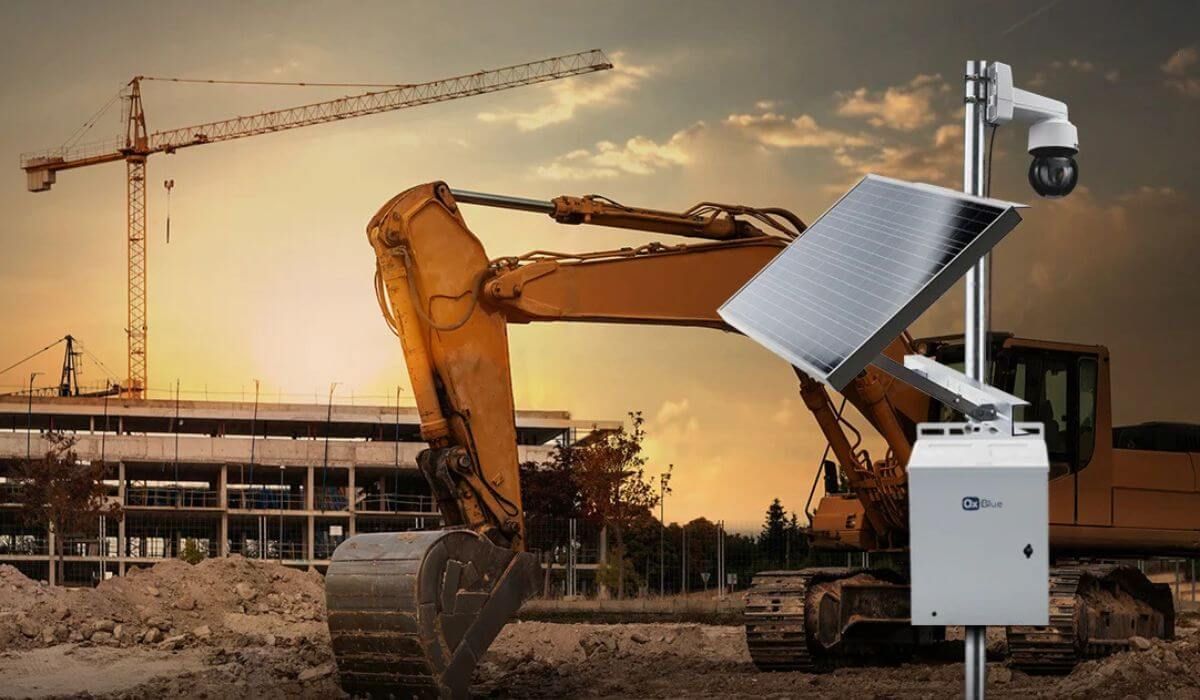Maximize Your Home Security with Effective Door Sensors
Did you know that almost 75% of break-ins happen through a door? In Australia, home security is a growing concern, with reports showing an increase in break-ins across major cities. Whether you live in a busy urban area or a quiet suburb, securing your doors should be a top priority.
One of the simplest yet most effective ways to protect your home is by installing door sensors. These small but powerful devices play a crucial role in home security systems, detecting unauthorized entry and alerting homeowners instantly. When integrated with home security sensor systems, door sensors act as the first line of defense, working alongside cameras, alarms, and smart locks to provide a comprehensive security solution.
In this guide, we’ll break down how home security systems door sensors work, the different types available, and how to choose the best ones for your home security system.
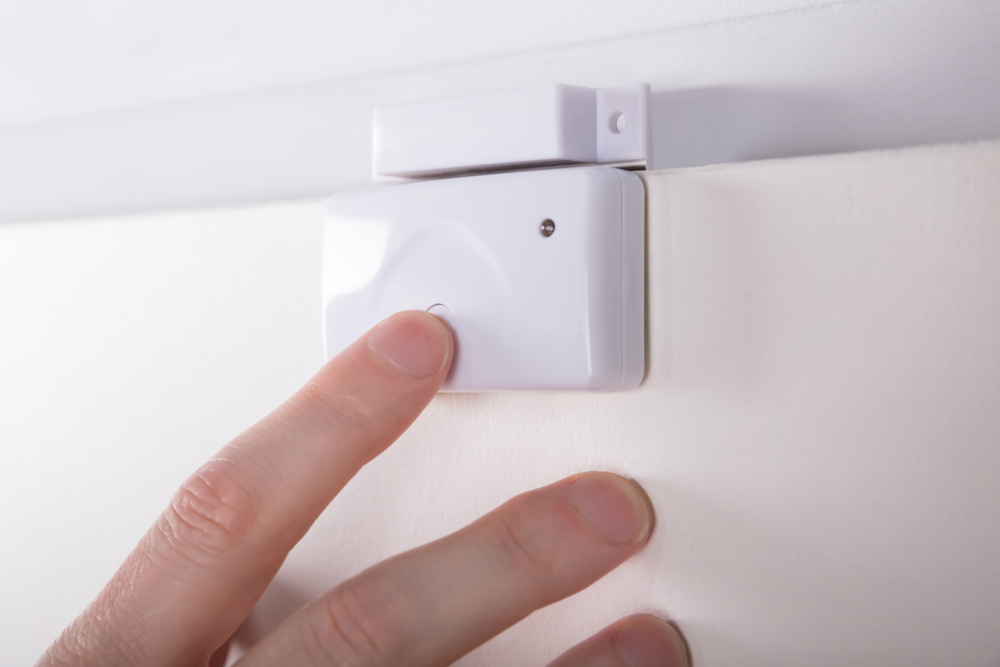
Understanding Door Sensors in Home Security Systems
Door sensors are compact devices designed to detect when a door opens or closes. They are an essential component of any home security sensor system, ensuring that any unauthorized access is immediately detected and responded to. These sensors operate using a magnetic connection between two parts - one placed on the door and the other on the frame. When the door is opened, the connection is broken, triggering an alert through the security system.
Some advanced models also use motion or vibration detection, identifying potential tampering even before the door is opened. This added layer of protection ensures that even the most discreet break-in attempts are detected.
Types of Door Sensors for Home Security Systems
Magnetic Door Sensors
One of the most common types, magnetic door sensors consist of two small components: a magnet attached to the door and a sensor fixed to the door frame. When the door is closed, the magnetic connection remains intact. As soon as the door opens, the connection breaks, sending an alert to the security system. These sensors are simple, effective, and widely used in both residential and commercial security setups.
Wired vs. Wireless Door Sensors
Choosing between wired and wireless door sensors depends on installation preferences and system requirements. Wired door sensors connect directly to the security system via cables, offering reliable performance without the need for battery replacements. However, installation can be more complex and costly.
Wireless door sensors, on the other hand, use batteries and communicate via Wi-Fi or Bluetooth. They are easy to install and ideal for retrofitting existing homes but require occasional battery changes to maintain functionality.
Smart Door Sensors
For homeowners looking for greater control and automation, smart door sensors are an excellent option. These sensors integrate with smart home security systems, allowing users to receive instant alerts on their smartphones. They can also trigger automation features, such as turning on lights or activating cameras when a door is opened. Some smart sensors are voice-controlled, working with assistants like Alexa or Google Assistant for hands-free security management.
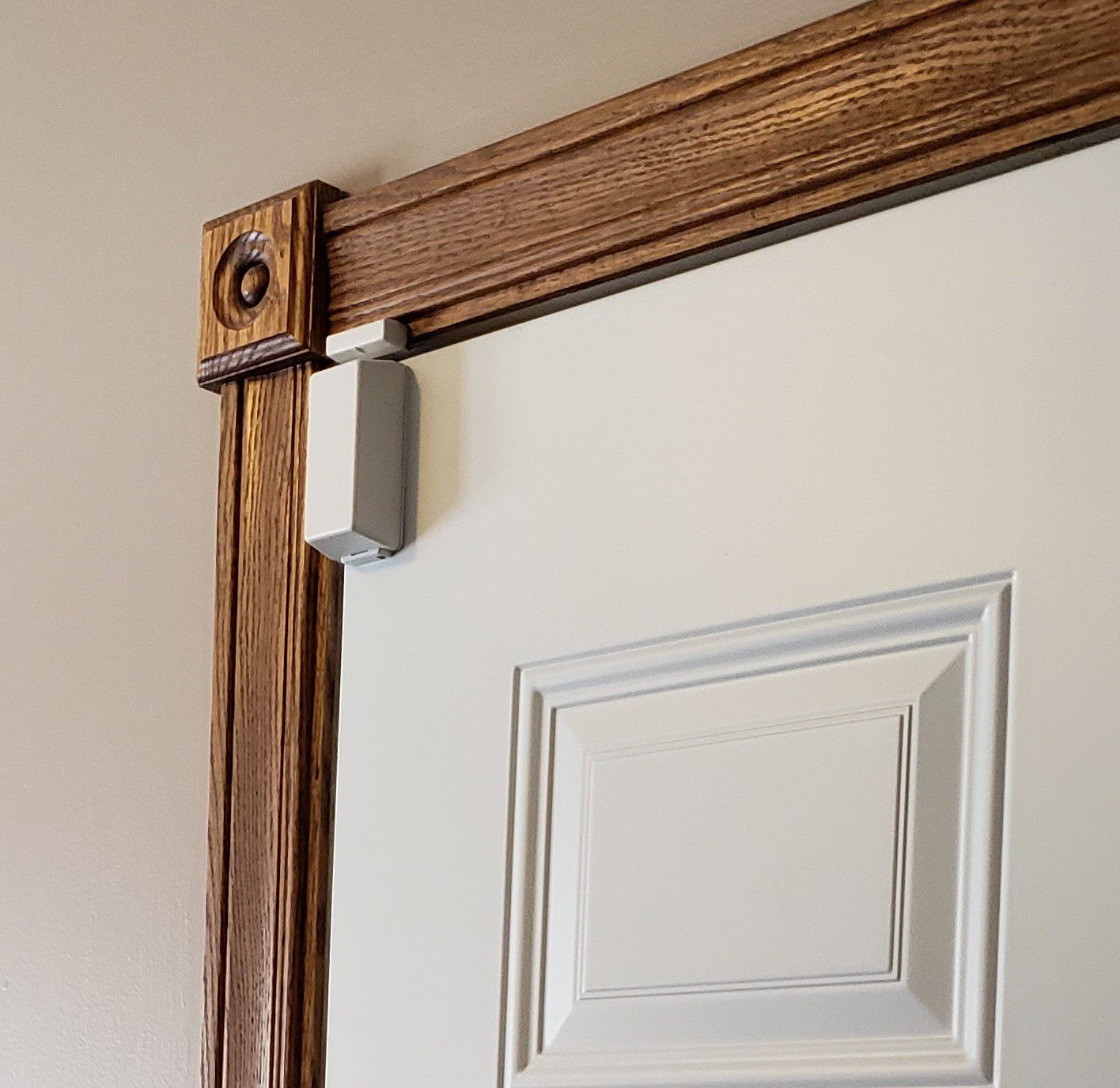
How to Choose the Best Door Sensors for Your Home Security
Selecting the right door sensor involves considering security needs, budget, and system compatibility. Homes with multiple entry points, such as front and back doors, garage doors, or patio entrances, require a combination of sensors for full coverage.
Affordability is another important factor, as home security systems door sensors range from budget-friendly basic models to high-end smart sensors with remote monitoring capabilities. While basic magnetic sensors are cost-effective, investing in smart door sensors provides additional security benefits, such as real-time mobile notifications and integration with other security devices.
Compatibility with existing home security system add-ons is crucial for seamless operation. Before purchasing, it’s important to check whether the door sensors will work with existing security cameras, alarms, or smart locks. Many homeowners prefer door sensors that connect with their existing smart home ecosystem for a fully integrated security experience.
Benefits of Installing Door Sensors in Your Home
Door sensors provide immediate alerts when a door is opened unexpectedly, preventing unauthorized entry before an intruder steps inside. This early detection can be the difference between stopping a break-in and dealing with the aftermath of a burglary.
Beyond security, door sensors also offer peace of mind. Whether you’re at home or away, knowing that your doors are monitored ensures that you remain in control of your property’s security. For homeowners who travel frequently, door sensors allow for remote monitoring, sending real-time alerts whenever a door is opened.
Another significant advantage of door sensors is their ability to integrate with other security devices. When paired with security cameras, they can trigger automatic recording as soon as the door is opened. Smart locks can be set to engage when an unauthorized entry is detected, and motion detectors can provide an added layer of security by tracking movement near the entry points. By combining these technologies, homeowners can create a home security sensor system that is both efficient and effective.
Troubleshooting Common Door Sensor Issues
Like any security device, door sensors may occasionally experience malfunctions or false alarms. One common issue is false alarms caused by misalignment between the magnet and sensor. If the two components are not perfectly aligned, the sensor may detect movement even when the door is closed. Adjusting the positioning and ensuring a secure fit can resolve this problem.
Battery-powered wireless sensors can sometimes fail to trigger alerts if the battery is low. Regularly checking battery levels and replacing them as needed will keep the sensor functioning properly. Additionally, connectivity issues in smart door sensors can prevent notifications from being sent. Ensuring that the sensor is within range of the Wi-Fi network and resetting the device if needed can help maintain consistent performance.
Routine maintenance is also important for keeping door sensors in optimal condition. Testing them monthly, cleaning the sensor area to prevent dust buildup, and updating any connected security software will ensure that the system remains reliable over time.
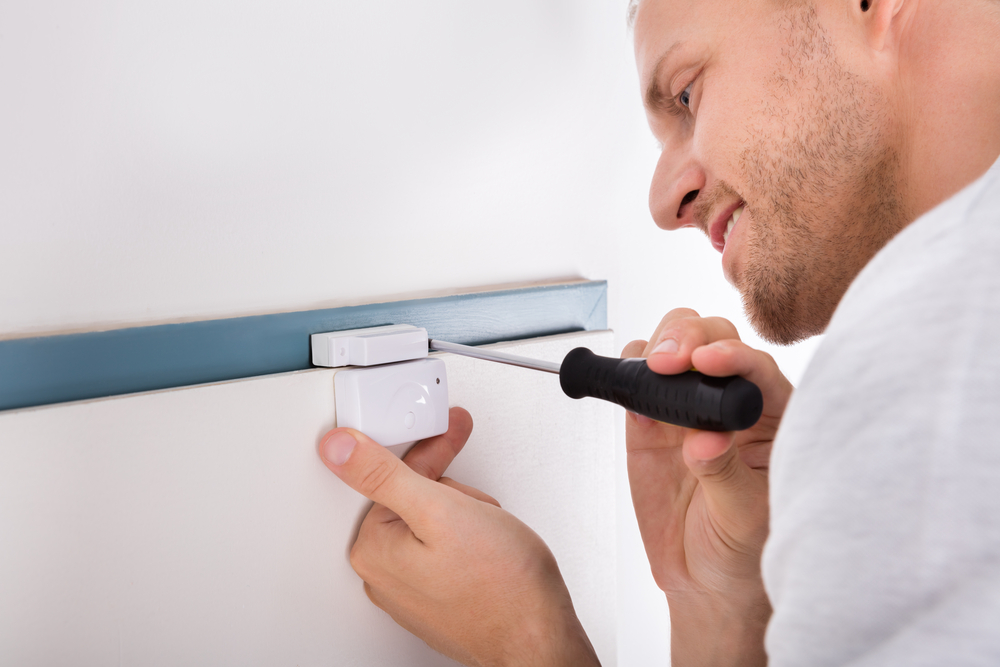
Conclusion - Upgrade Your Home Security with Door Sensors
Door sensors are a simple yet powerful tool in home security systems, offering an extra layer of protection for homeowners. Whether you’re looking to prevent break-ins, monitor activity remotely, or integrate your security system with smart home technology, installing reliable door sensors is a step toward a safer home.
For expert guidance and professional security camera and sensor installation, Scavi is here to help. We provide tailored security solutions designed to meet your home’s unique needs. Secure your home today with Scavi’s advanced home security solutions - contact us now for a consultation!

